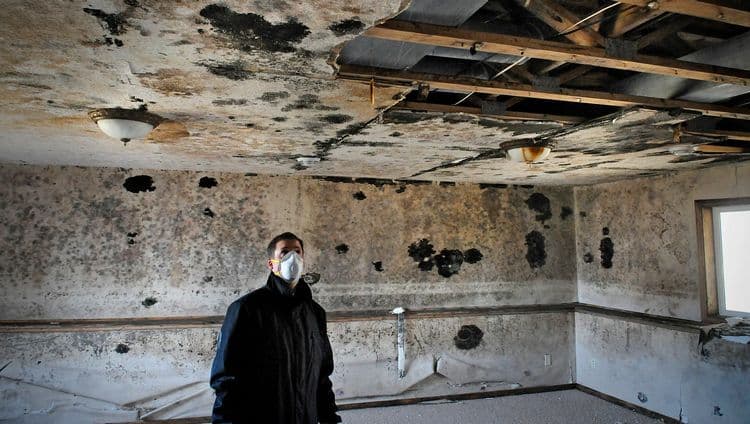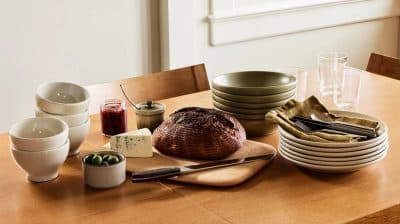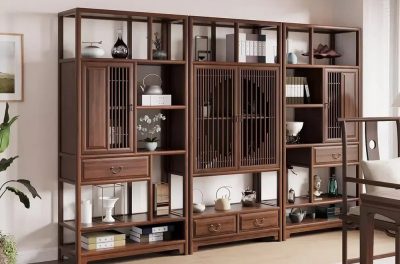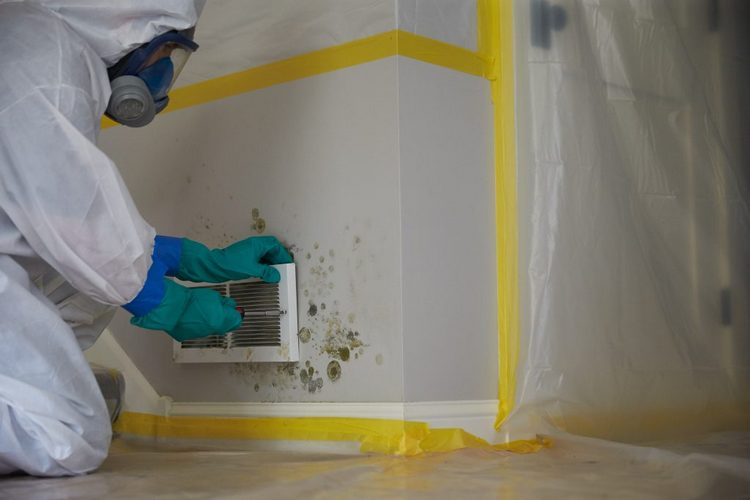
Mold — a silent yet intrusive invader that can wreak havoc on your home and health.
While it’s true that mold spores are virtually everywhere, thriving in both indoor and outdoor environments, the real trouble begins when these microscopic organisms find their way into the damp, humid corners of our living spaces. From damaging structures and degrading indoor air quality to exacerbating allergies and respiratory issues, mold infestations can be a significant cause for concern.
But fear not! With the right strategies and a proactive approach, you can effectively combat mold growth and restore a healthy environment within your home. In this article, we’ll dive deep into the essential strategies to help you address current mold problems and prevent future infestations.
By following these practical steps, you can take control of your living space, eliminate potential health hazards, and breathe fresh air with confidence once again.
Identify the Source of Moisture:
Before launching your attack on mold, it’s crucial to locate its life source: moisture. Start by inspecting common problem areas such as leaky pipes, damp basements, or poorly ventilated bathrooms. If you find water intrusion, address the issue immediately to prevent further mold growth.
Once the moisture source has been identified and resolved, it’s time to assess the severity of the mold infestation. For areas covering less than ten square feet, you can likely tackle the cleanup yourself; however, for larger infestations or those involving toxic black mold, seeking professional mold remediation services is recommended.
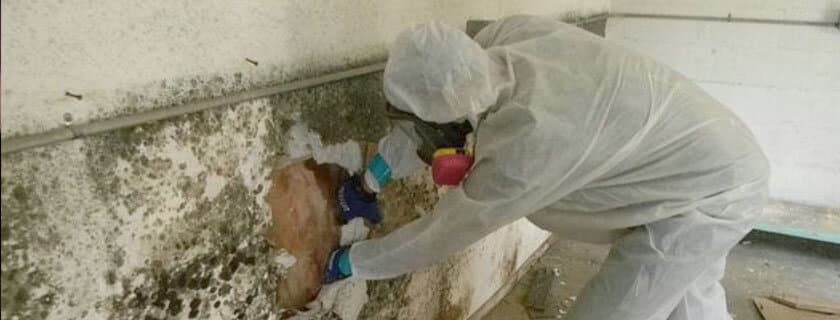
Employ Proper Safety Measures
When dealing with mold, safety is paramount. Here are some practical tips and guidelines to help you stay safe and efficient while tackling your mold problem:
Wear Appropriate Protective Gear
To shield yourself from harmful spores, always wear protective gear when handling moldy materials or cleaning affected surfaces. This includes:
● Gloves. Choose durable, waterproof gloves made of materials like rubber or nitrile to protect your hands from direct contact with mold and cleaning solutions.
● Goggles. Use goggles without ventilation holes to keep mold spores out of your eyes.
● Face mask. Wear an N95 respirator mask or a higher-grade mask (such as a P100) to filter out airborne mold particles and protect your respiratory system.
● Protective clothing. Coveralls or long-sleeved shirts and pants can help minimize skin exposure. If possible, wear disposable protective clothing that can be discarded after use.
Ensure Proper Ventilation
Good airflow is essential for preventing mold growth and dispersing spores during the cleanup process. Open windows and doors in the affected area, and use exhaust fans or air purifiers with HEPA filters to improve air circulation.
Be cautious not to spread contaminants to other areas of the home by sealing off doorways and air ducts leading to unaffected rooms.
Choose the Right Cleaning Solutions
Avoid mixing cleaning solutions like bleach and ammonia, as this dangerous combination can produce toxic fumes. Instead, opt for commercial mold removal products specifically designed for the type of surface you’re cleaning.
You can also consider natural alternatives:
● Vinegar. Distilled white vinegar is an excellent non-toxic option for cleaning mold. Apply undiluted vinegar to the affected area using a spray bottle, let it sit for at least an hour, and then scrub with a brush or cloth.
● Baking soda. Create a paste by mixing baking soda and water, apply it to the moldy surface, and scrub with a brush. Rinse the surface with water, and then spray a little more vinegar to kill any remaining spores. Finally, wipe the area clean with a damp cloth.
Dispose of Moldy Materials Properly
When removing mold-infested items or cleaning materials, be sure to seal them in heavy-duty plastic bags before disposal to prevent the spread of spores. This may include contaminated clothing, rags, brushes, or debris from damaged surfaces.
Remember: Safety should always be your top priority when dealing with mold infestations — it’s better to err on the side of caution than to risk potential harm.
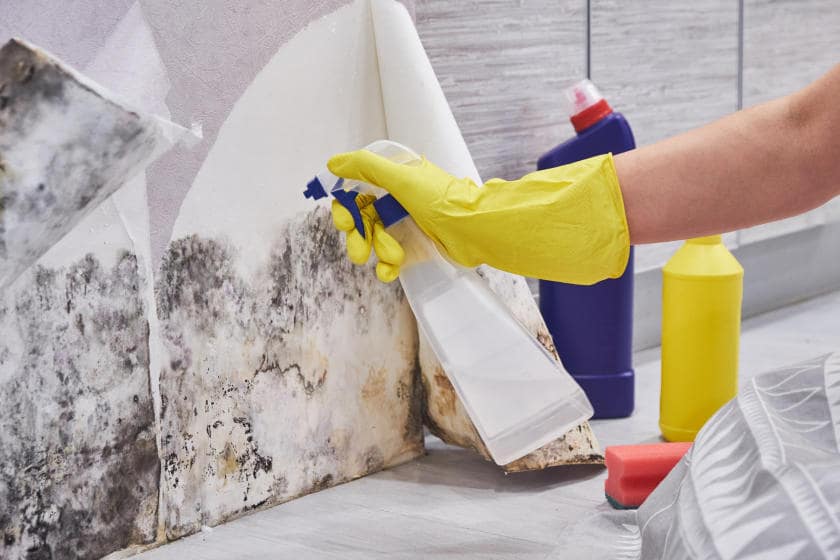
Remove Mold-Infested Materials
Mold can infiltrate a wide range of household materials, from porous surfaces like drywall and wood to softer items like carpets and upholstery. It’s crucial to thoroughly clean or dispose of mold-infested materials in order to restore your home’s air quality and prevent the recurrence of mold growth.
Here are some practical tips to help you effectively tackle various moldy materials:
Soft Furnishings and Textiles
Carpets, rugs, upholstered furniture, curtains, and other fabric items can be prime targets for mold growth. To address mold on these items:
1. Take them outdoors, if possible, to prevent the spread of spores inside your home.
2. Use a stiff brush or broom to remove loose mold spores from the surface.
3. Clean with a suitable detergent or specialized mold removal product, following the manufacturer’s instructions.
4. Sun-dry or use fans to thoroughly dry the items before bringing them back inside.
Note: If any textiles or soft furnishings are severely damaged by mold or have an unpleasant odor even after cleaning, it may be necessary to discard them.
Nonporous Surfaces
Mold can also grow on nonporous surfaces like glass, tile, metal, and plastic. To remove stubborn mold from these materials:
1. Use a damp cloth or sponge with warm water and mild detergent to wipe away visible growth. For tougher stains, consider using a scrub brush or an old toothbrush.
2. Rinse the cleaned area with fresh water and dry it thoroughly.
3. You can also use commercial mold removal products specifically designed for nonporous surfaces; follow the manufacturer’s instructions for best results.
Porous Surfaces
Mold can penetrate deep into porous materials like drywall, wood, and ceiling tiles. In some cases, these materials may need to be replaced entirely if the infestation is severe or if structural integrity has been compromised.
However, if the mold growth is only superficial:
1. Gently scrub the affected area with a soft brush or cloth and a cleaning solution suitable for the material.
2. Rinse with water and dry thoroughly to prevent new mold growth.
3. If mold stains remain, consider using a commercial mold stain remover or sanding the surface, followed by sealing or painting with a mold-resistant primer.
Prevent Future Mold Growth
Now that your home is mold-free, it’s time to take action to keep it that way.
Maintain proper ventilation by using exhaust fans in high-humidity areas like kitchens and bathrooms. Regularly check for water leaks and promptly address any issues you find.
Additionally, invest in a hygrometer to monitor indoor humidity levels; strive to keep them below 60% to deter mold growth. If needed, use dehumidifiers or air conditioners to help maintain optimal conditions.
Conclusion
Mold infestations can be a challenging and stressful problem to confront, but armed with the right knowledge and strategies, you can effectively eliminate these unwelcome guests from your home.
By identifying moisture sources, employing proper safety measures, removing mold-infested materials, drying out affected areas, and taking preventive actions, you’ll not only restore your home’s air quality but also create a healthier living environment for you and your loved ones.
Remember that vigilance is key in preventing future mold growth. Regularly inspect your home for signs of moisture or mold and address any issues promptly to keep these sneaky fungi at bay.
With persistence and determination, you can maintain a mold-free home and breathe fresh air with confidence once again.
